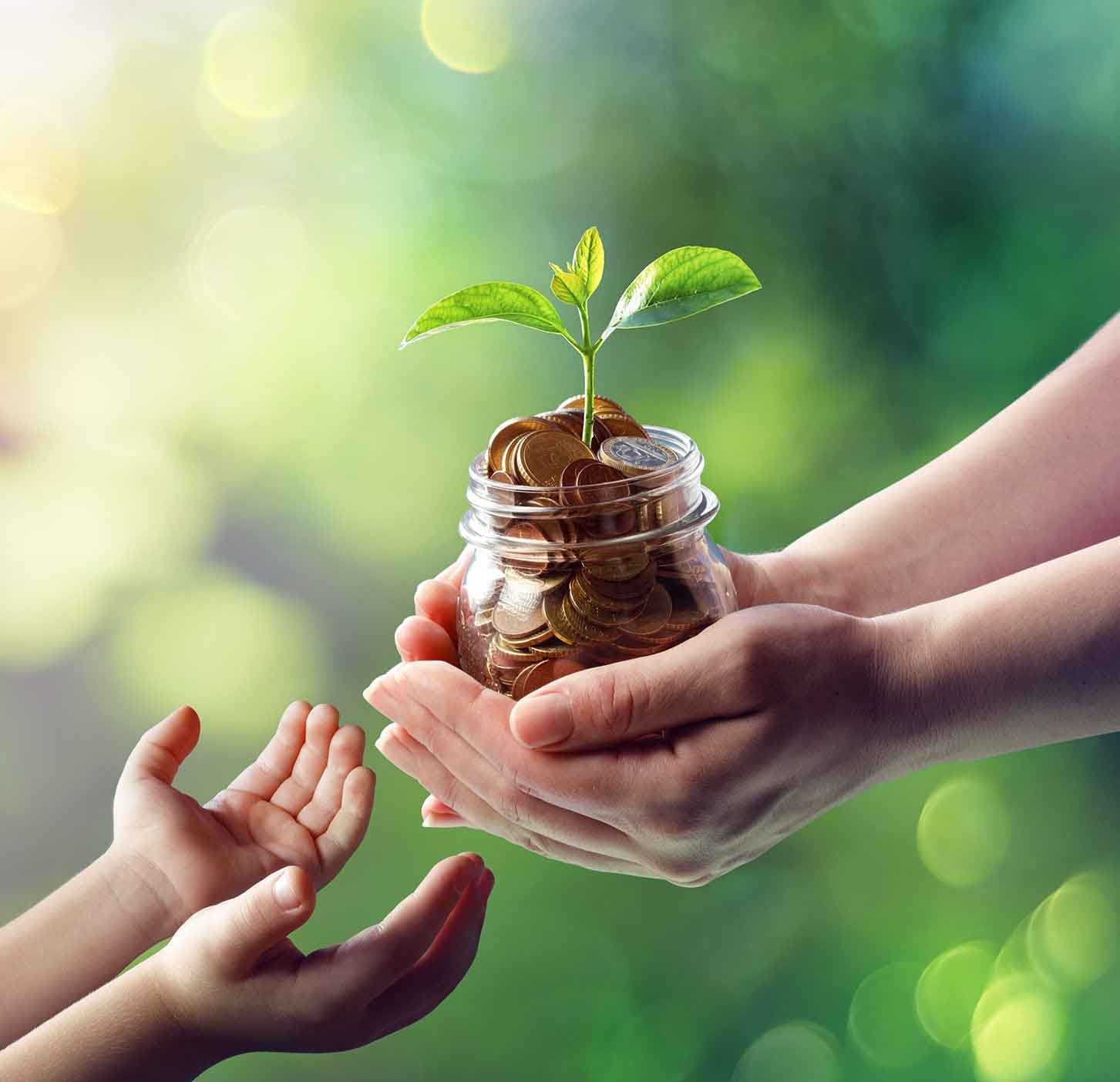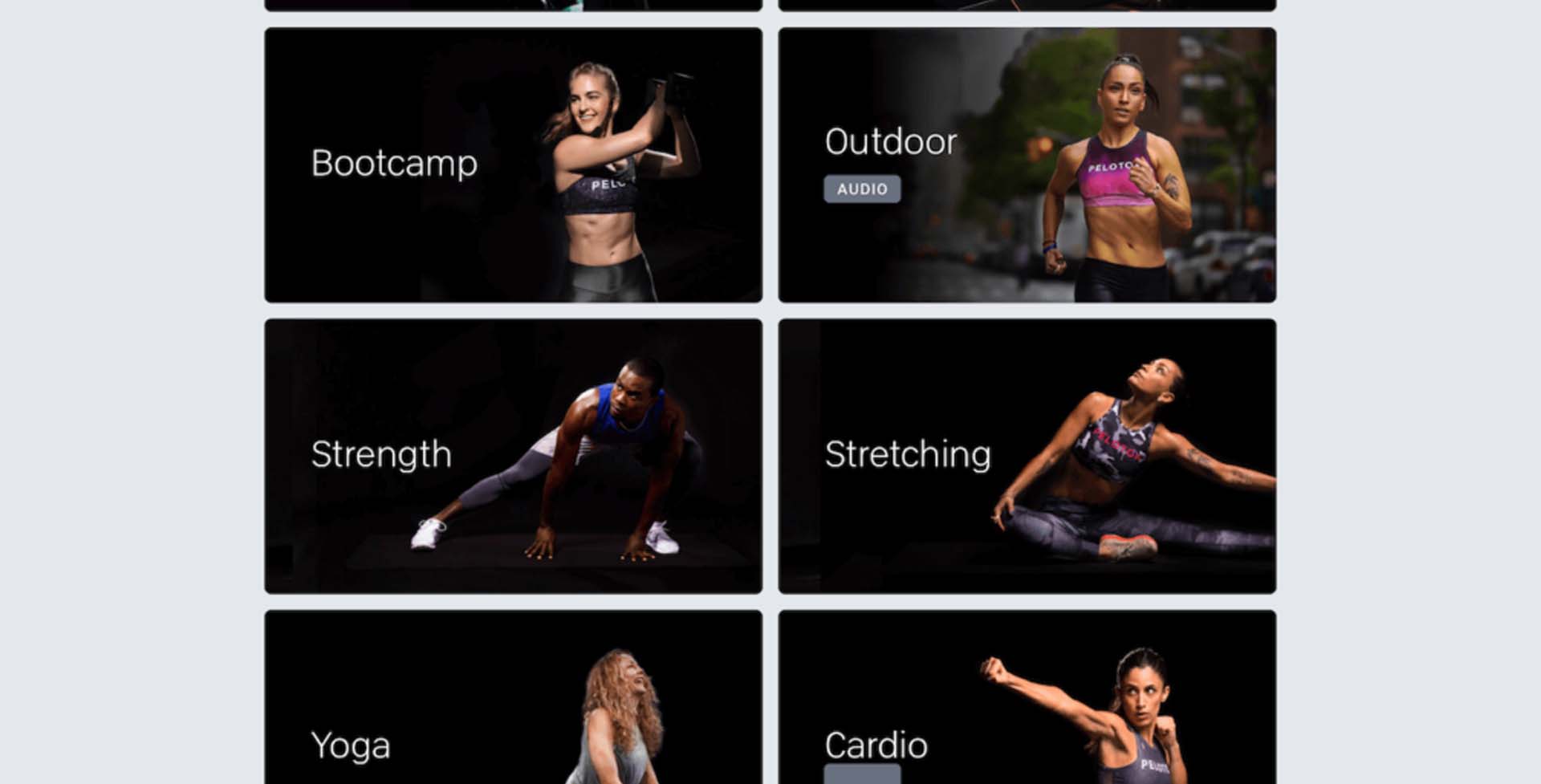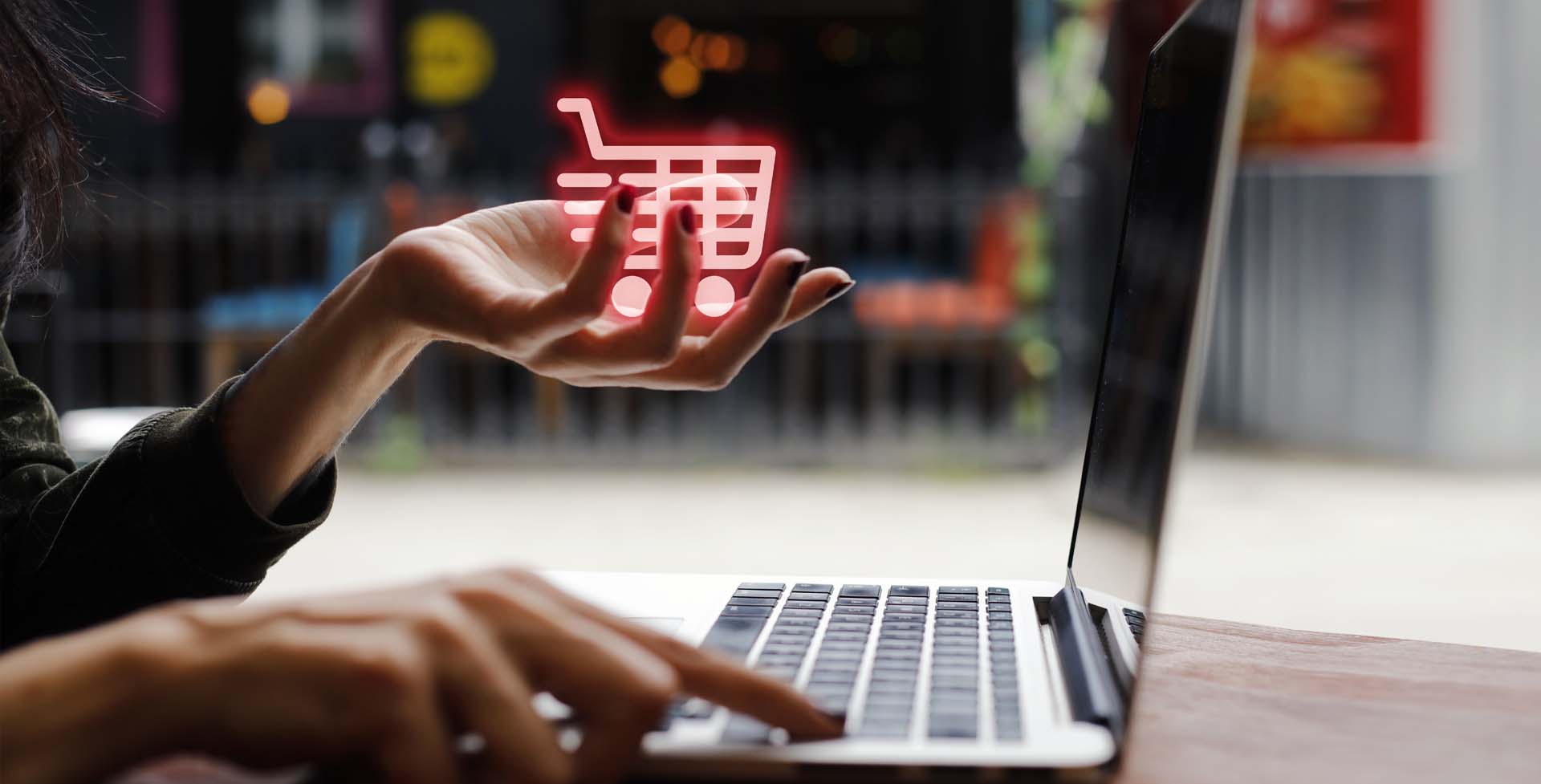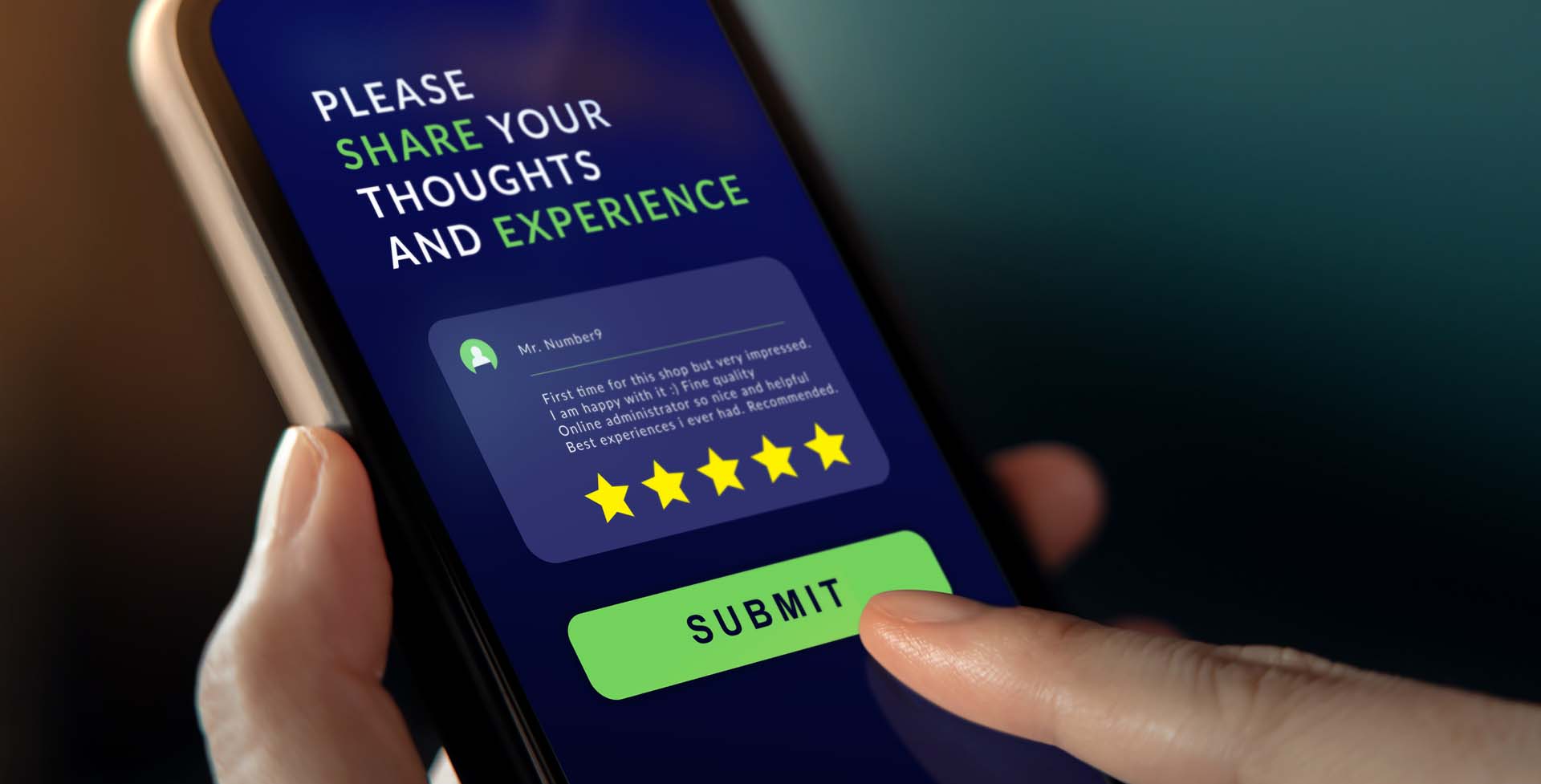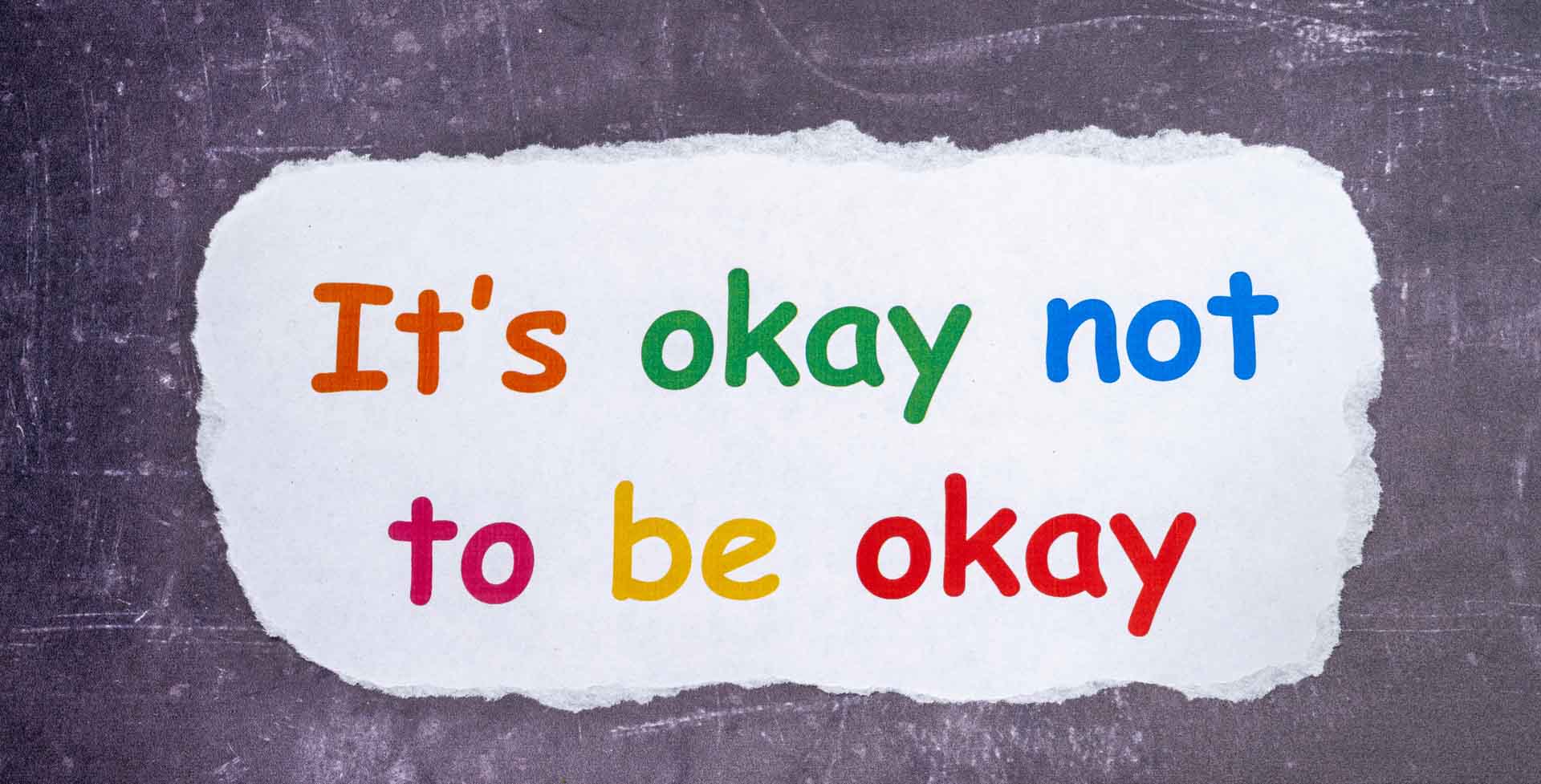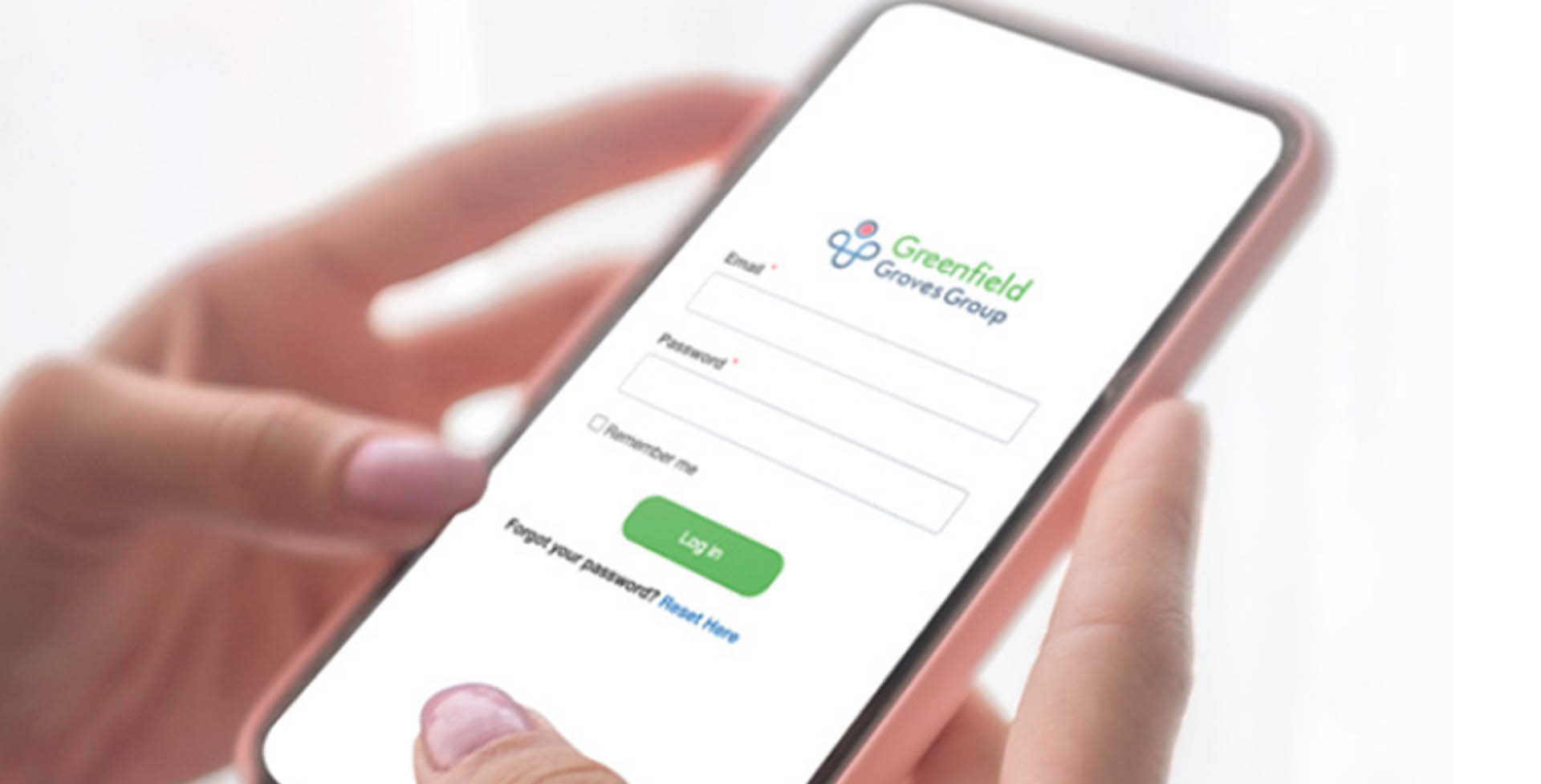The definitions of health and wellness have changed multiple times over the past several decades and continue to do so. They also vary from person to person, place to place, and culture to culture. The turmoil the pandemic brought to our world has certainly redefined wellness, yet again, however, it has also created new tools to achieve health and happiness, and make them accessible, anytime, anywhere.
What Is Wellness?
Wellness, as defined by the Merriam-Webster dictionary, can be “the quality or state of being in good health especially as an actively sought goal.” Wellness is not just about surviving, it’s about thriving. What exactly do consumers believe that means and do they feel it’s an important topic to spend their time and money on?
McKinsey & Company surveyed roughly 7,500 consumers in six countries and discovered that 79 percent of the respondents said they believe that wellness is important, and 42 percent consider it a top priority. What does this group believe wellness encompasses?
- We know consumers want more self-care tools in order to accomplish wellness, so how are companies going to deliver them?
- Are companies already in the process of doing so?
- Are consumers who are thirsty for health and wellness products and services being underserved?
- Consumers have a better grasp of what they need to do to increase their self-care, but are they doing enough?
Let’s take a look at the wellness trends, as well as consumer trends of 2021, and find out some much-needed answers.
Wellness Trends of 2021 and Beyond
Wellness trends have shifted from 2020 to now, due to the shift our lives were forced to make during the height of the pandemic. In response to our new needs, many of these trends have revolutionized the wellness industry.
Virtual Wellness
As technology continues to rapidly advance, so does the health and wellness industry. One example is telehealth or the distribution of health information and services through the internet.
Beth McGroarty, Vice President of Research at the Global Wellness Institute, tells Refinery29, “Whether it’s telemedicine, virtual therapy, meditation apps, digital fitness platforms — even reiki classes are moving online. As soon as the pandemic hit, we saw an immediate, exponential explosion of people doing some kind of class online.”
Even though the daily pandemic updates take up less and less mental real estate these days, the scars linger on. Virtual wellness is here to stay, therefore, there must be credible solutions and platforms built to answer the call of the community who is craving health and wellness now and in the future.
With telehealth and virtual healthcare, consumers receive major benefits they weren’t exposed to before:
- Personalization
- Convenience
- Decreased travel time
- Increased productivity
Overall, the rise of technology and telehealth has made access to wellness services much easier. The U.S. telehealth industry is forecast to grow 30% annually over the next five years.
Telehealth has truly become the future of wellness and an important tool in gaining overall wellness and mental health stability. Companies like Greenfield Groves are providing access to online telehealth practitioner care, including licensed doctors and specialized professionals through their proprietary, HIPPA compliant telehealth and telemedicine software platform, 24/7. Their integrated mental health brand, It Matters, is a huge piece of the mental health pandemic puzzle. As everyone is “picking up the pieces”, it’s imperative companies help our society put those pieces back together.
Radical Self-Care
Radical self-care was a theme that was amplified and embraced by many consumers during the pandemic. The University of Indiana defines the term as “the assertion that you have the responsibility to take care of yourself first before attempting to take care of others.” Think about that speech you’re greeted with on an airplane instructing you to always put your oxygen mask on first before assisting others.
The pandemic has forced us to reevaluate so many things in our life, which is not necessarily a bad thing.
- Are you exercising and taking care of your body?
- Are you getting enough sleep?
- Are you providing yourself with the proper nutrition you need to thrive?
- Are you surrounding yourself with people who support you?
- Are you putting yourself first even though you’re responsible for others?
- Are you creating joy for yourself?
We all deserve to take control of our health and wellness, and it’s okay to ask for help. When you can find a trustworthy and transparent resource that can provide head-to-toe solutions, it’s a game-changer.
Brands now have the opportunity to position products and services that further connect with the radical self-care movement. Those who can create rituals and home routines as core components of radical self-care that are sought after by consumers will further differentiate themselves from the competition.
Preventive Treatments
We’ve all witnessed how pre-existing conditions impacted our health during COVID, therefore, consumers are now much more focused on preventative care. Greenfield Groves anticipates that these consumers will look to shift their spending into services, products, and brands that provide a proactive approach as opposed to a reactive one.
Peloton is a great example of consumers creating preventative health and wellness habits in the comfort of their own homes.
Drug-based therapies
Herb-based therapies will continue to be explored, tried, and adopted by mainstream consumers as our world continues to restore its health, both physically and mentally. This has already been witnessed in the cannabis and hemp CBD industries, however, consumers need to be aware of where the CBD is being sourced from. How many companies can say they have a vertically integrated farming operation? Not many.
There is a much-anticipated decision from the FDA about the positive health effects of CBD hemp and how companies can make “health claims” of various CBD compounds and products. This will separate the real from the fake.
Personalized empowerment
Starting in the beauty industry, personalized empowerment is a trend that has evolved into health and wellness. Consumers want to feel good about their decisions and take control of their health and wellness. So many elements have not allowed for that control and consumers recognize it’s time to gain that control back.
Global consultancy firm PwC shares “The growing power of the patient as a discerning consumer is creating new global markets and informing new models for care. They also state that “Patients are taking a greater interest in their care and are more willing to self-manage. They want to be more empowered when it comes to their health.”
Disruptive e-commerce
With this new urge for control, the 2020 global pandemic also forever changed how consumers shop and purchase products and services. E-commerce is the magic word. Digital Commerce 360 reported that U.S. e-commerce grew “over 44% in 2020, which is not a shock as lockdown orders were in place. Companies that can implement multi-channel audience engagement campaigns that tap into health and wellness trends and consumer data are going to stand out. By understanding what consumers want, they can quickly respond and deliver personalized brands, products, and targeted digital marketing.
The consumer’s perspective
As a consumer, you may be wondering how you navigate the complicated, trillion-dollar wellness market and all the alterations the industry has made to answer your new needs.
First, it’s important to use scientific facts and research to guide all your wellness purchases. Be wary of companies and products that overpromise as well as products and services that could potentially be dangerous to your physical health.
Always remember that even though the wellness industry offers a great deal of legitimately effective products with a range of different outcomes, any industry is bound to host a few competitors who are more focused on financial gain than anything else.
Ask yourself
- Are these companies transparent?
- Are they demonstrating sustainable practices?
- Are they involved in the process of creating their products from start to finish?
- Are they demonstrating social responsibility and benefiting the community?
The Pandemic’s Impact on Wellness
Many have reported symptoms of depression and anxiety as well as a general lack of mental and physical well-being during the pandemic. Again, not a surprise. In a study focused on the impact COVID-19 had on mental health back in June of 2020, 40% of U.S. respondents reported at least one adverse mental or behavioral health condition, including symptoms of anxiety, depression, increased substance abuse, and even suicide.
Why?
- A dramatic decrease in typical social activities
- Lack of physical exposure to friends and family
- High levels of unemployment globally
“As hard as the initial trauma is, it’s the aftermath that destroys people,” says Laura van Dernoot Lipsky, founder and director of the Trauma Stewardship Institute in a piece for TheAtltanic.com. That’s a very powerful statement.
This is why solutions are vital and timing is important. Greenfield Groves is providing the new post-pandemic consumer with access to a telehealth platform, a family of specialty-focused brands and products, and inspirational content experiences. These pillars all work hand-in-hand to ensure customers have a high-quality and personalized premium-level experience for their health and wellness needs. Everyone’s story is different and therefore needs different solutions. Customized health and wellness products that are personalized to the individual and the needs of their families are what builds trust with the consumer.
The trends and statistics prove this is what consumers need, want, and deserve. The truth is stress, anxiety, and depression don’t all of the sudden disappear with a vaccination shot or two. It’s certainly a step in the right direction, but the mental wounds and negative memories are long-lasting. The pressures that social media and “look at my perfect life” pictures and posts only add fuel to the fire.
Our society needs help and support. Mental health was a pandemic before the COVID pandemic. The difference is more attention has been given to the topic and we can only hope more people feel comfortable seeking help.
There is still a negative stigma in our country surrounding mental illness and while well-known celebrities are continuing to come forward and share their struggles, others still feel shame and very much alone. It is imperative for the mental health of our communities to support and help consumers identify, cope, and recover from their mental health issues resulting from the COVID-19 pandemic and in general.
The good news is while the pandemic has brought with it an increase in mental illness and the lack of health and wellness, it has also brought more visibility to the mental pandemic occurring in our country.
What Does the Future Entail?
Focusing on the now along with the future of wellness, it comes down to providing tools, education, inspiration, easy access, support, and solutions to those the pandemic greatly impacted.
Maintaining mental and physical health and wellness is a challenge for many, pandemic or not. Luckily, emerging solutions have been created, like Greenfield Groves, a comprehensive group of brands that are humanizing telehealth and whole-body wellness, while bringing modern-day communities, personalized e-commerce, online practitioner care, and social responsibility to the world.
It’s time someone stepped in to disrupt, transform and lead the $5 Trillion global wellness industry. That time is now and it’s already happening.

